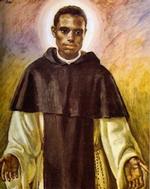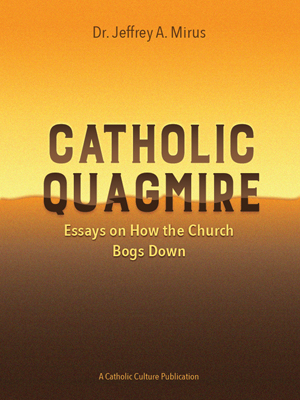A New Splendor for the Church
by Bob Allard
Saint Faustina prophesied that “God would act with great power...”
In 1931, Jesus appeared to a humble Polish nun named Sister Maria Faustina of the Most Blessed Sacrament. She said that He was dressed in a white garment and had two large rays emanating from His heart. One was red and the other was pale. Jesus then said to her “Paint an image according to the pattern you see, with the signature: Jesus, I trust in You.” This is known today as the image of Divine Mercy.
Jesus further told her “I desire that there be a Feast of Mercy. I want this image, which you will paint with a brush, to be solemnly blessed on the first Sunday after Easter; that Sunday is to be the Feast of Mercy.” The Catholic Church on May 5th, 2000 officially designated that Sunday to be known as Divine Mercy Sunday. Pope John Paul II canonized St. Faustina on Divine Mercy Sunday 2000 in Rome.
Saint Faustina had written “There will come a time when this work, which God is demanding so very much, will be as though utterly undone. And then God will act with great power, which will give evidence of its authenticity. It will be a new splendor for the Church, although it has been dormant in it from long ago.”
This new splendor can be seen in many ways. For one, the Vatican, just issued a plenary indulgence for Divine Mercy Sunday that is to remain perpetually in place. Fr. Seraphim Michalenko, MIC, who was the former director of Divine Mercy International, said that “the news of the plenary indulgence came as a complete surprise.” This has to be the result of a tremendous movement of the Holy Spirit.
Another blessing from this feast is that it adds so much more to the Easter season. Now Catholics have so much more to look forward to every year. Most people end their Easter celebrations by that Sunday evening. Now, they have this new feast to look to forward to on the following Sunday that can bring them the forgiveness of sins and punishment, if they follow the requirements for the plenary indulgence.
The new indulgence could make it much easier for priests. According to a Vatican document a person could go to Confession within about 20 days before or after the indulgenced act. Persons who had gone to Confession before Easter, within the 20 days, and are still in the state of grace, could still receive the indulgence. It would enable priests to focus on those who have much more need of Confession.
The Image of Divine Mercy is becoming a very popular item in many parishes. Many have been permanently installed after they had celebrated Divine Mercy Sunday. Father John Barrow, the pastor at the new St. Andrews parish, in Stuart, is installing a ten foot high image in the brand new church that is slated to open some time in October.
St. Faustina’s feast day is on October 5th. She died on that day in 1938 at the age of thirty-three after suffering for many years. The official Vatican decree for the plenary indulgence can be seen on the web at the Vatican website: www.vatican.va or it can be obtained by calling 1-888-732-0722. For more info on Divine Mercy Sunday contact the Marians in Stockbridge Massachusetts at 1-800-462-7426.
Sincerely for all souls,
Robert R. Allard, Director
Apostles of Divine Mercy
801 S.E. Forgal Street
Port St. Lucie, FL 34983
Tel. 1-888-732-0722
www.divinemercysunday.com
E-mail: [email protected]
This item 4457 digitally provided courtesy of CatholicCulture.org






